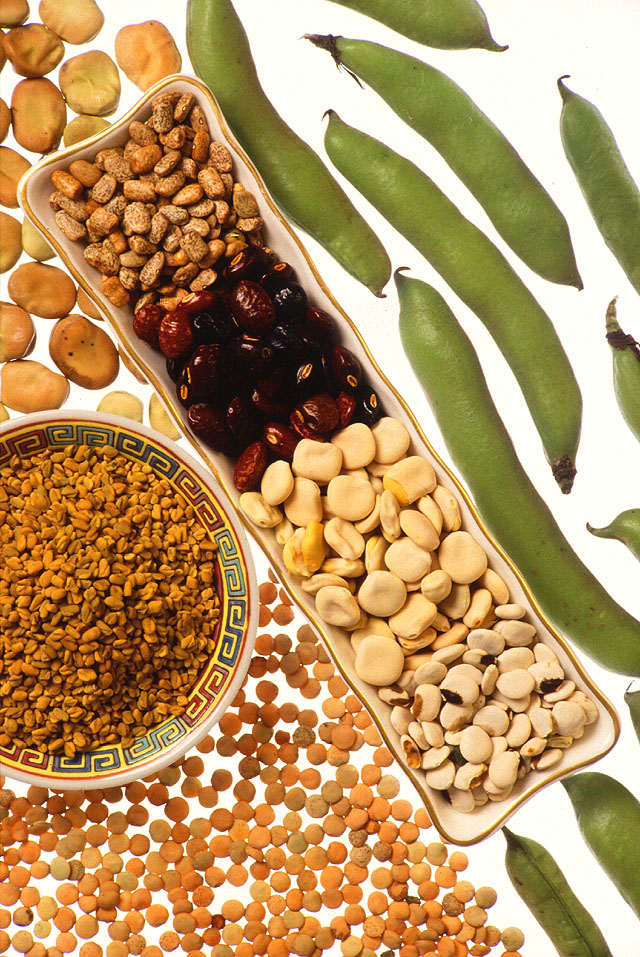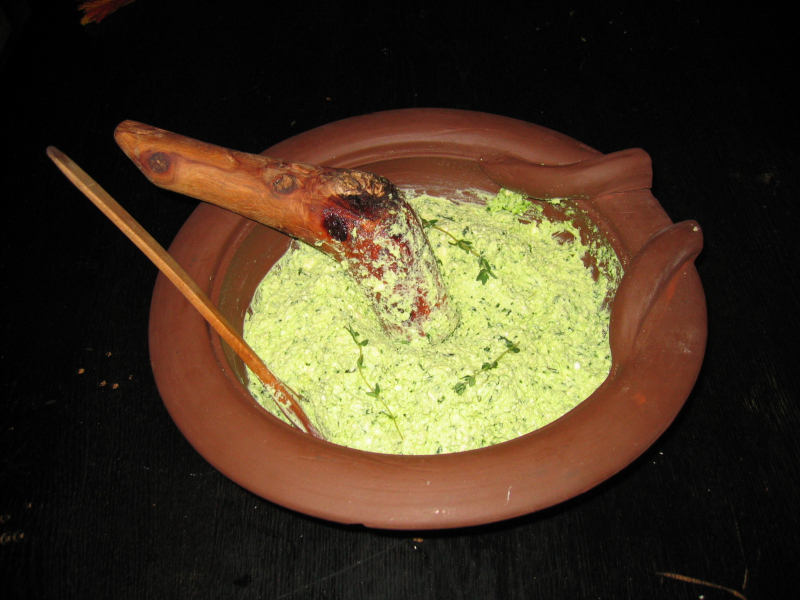Legumes, Nuts and Dairy
Legumes, nuts, and dairy are among the most famous cuisines of Ancient Rome. Dried peas, fava beans (broad beans), chickpeas, lentils, and Lupines were the only legumes available. Chickpea cultivars known to the Romans included venus, ram, and punic. They were either roasted as a snack or simmered down into a soup. Apicius, a Roman cookbook, contains various recipes for chickpeas.
The ancient Romans ate walnuts, almonds, pistachios, chestnuts, hazelnuts, pine nuts, and sesame seeds, which they pulverized to thicken spicy, sweet wine sauces to serve on the side or over the meat as a glaze for roast meat and birds. Nuts were also used in savory pesto-like cold-cut sauces. Nuts were utilized in honey-sweetened pastries, tarts, and puddings.
The cheese was consumed, and its production was well-established by the time of the Roman Empire. It was included in the normal rations for Roman soldiers and was also popular among citizens. Cheese prices were set by Emperor Diocletian (284-305 CE). A number of Roman authors mention the production of cheese, as well as its quality and culinary applications: Pliny the Elder described cheese's dietary and medicinal uses in Book 28 of Historia Naturalis, and Varro in De Agricultura described the Roman cheesemaking season (spring and summer) and compared soft, new cheeses with drier, aged cheeses. Columella's dissertation on Roman agriculture, De Re Rustica, contains the most detailed description of Roman cheese-making.








